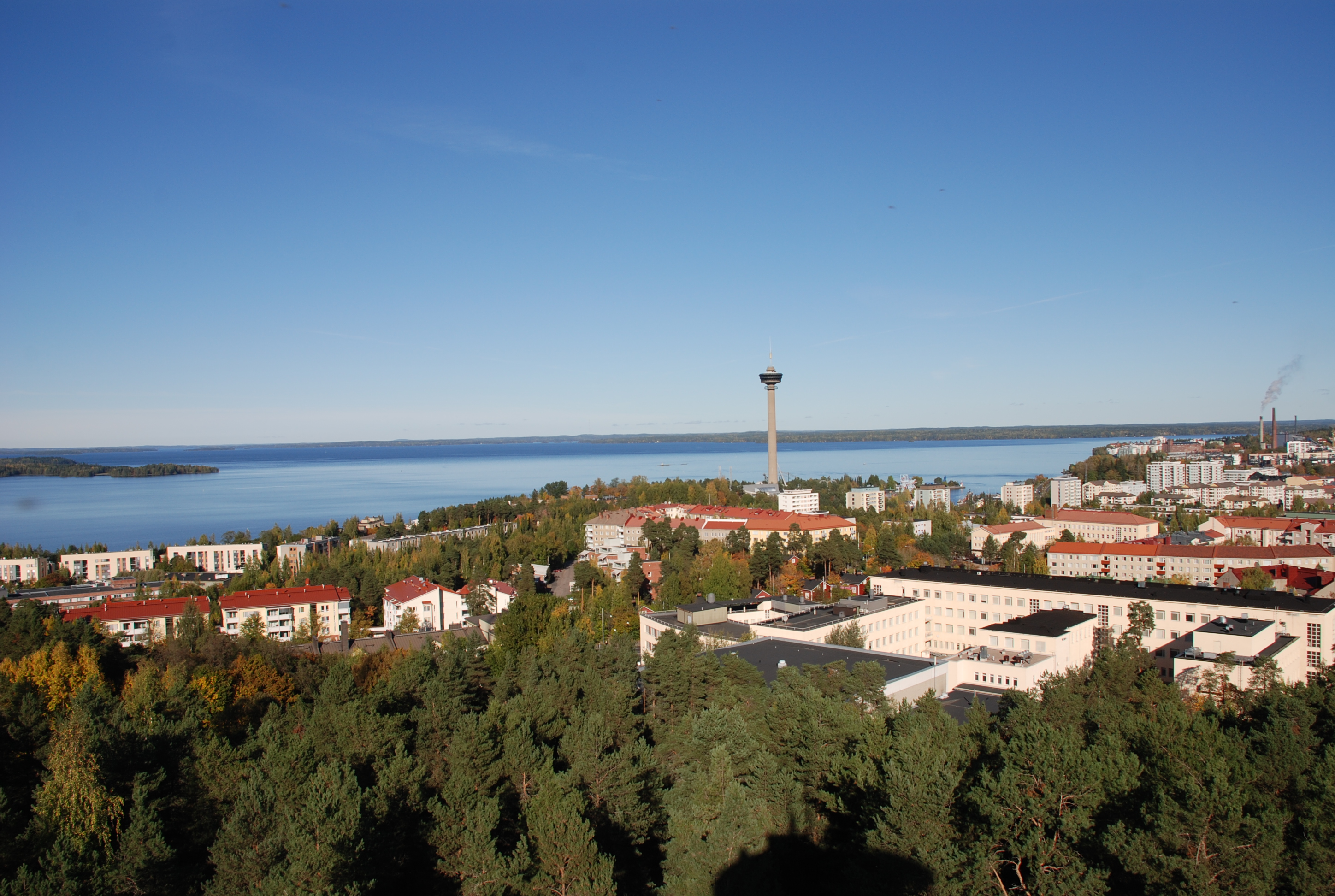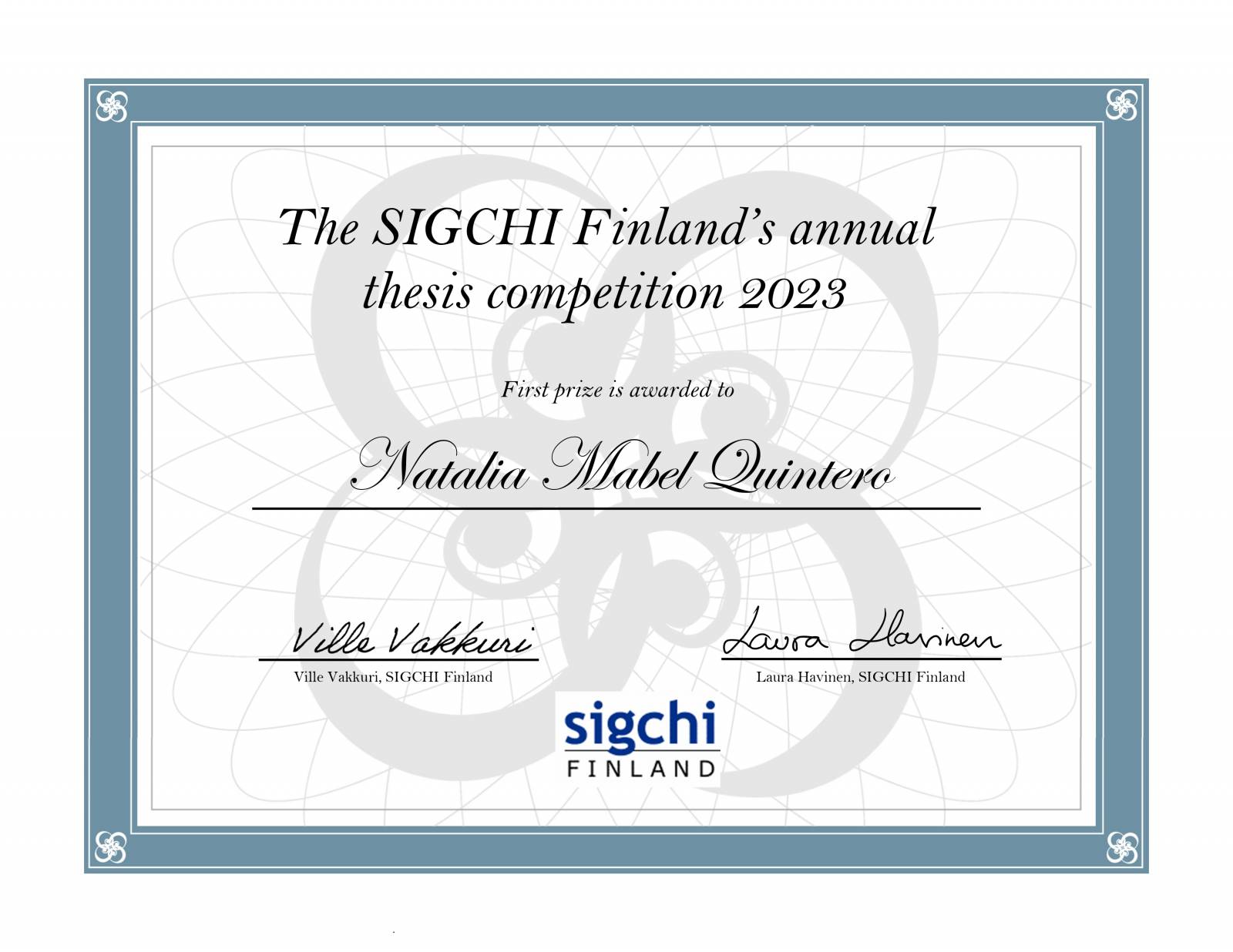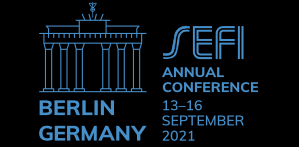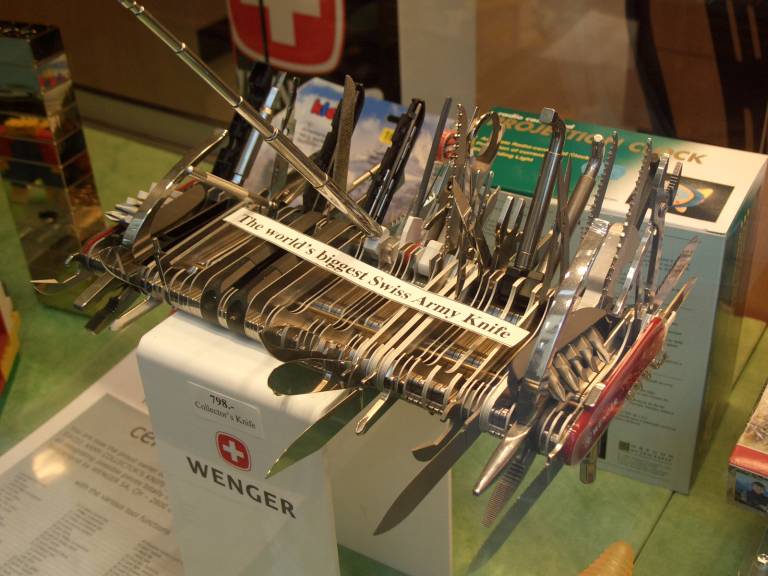I started my thesis with Aino Ahtinen as a supervisor during summer 2022. After having taken some courses with her and have learned a bit about social robots, the idea of doing my master’s thesis with one of them was really exciting. We discussed about different topics, and we found one that was ideal for me. Because of my background as a special education teacher, the idea of teaching special education teachers to program the social robot NAO with the support of the Finnish company Curious Technologies, sounded amazing. We began to collaborate and actively plan our research. Moreover, I got an Erasmus+ grant from the University to visit another country and do the teacher training in person. Everything was going great! But, unfortunately, the collaboration with the other entity was taking too long and as international students know, I had limited time to graduate, so Aino and I had to start looking for other options. So, in December, I found myself back at square one without a thesis topic.
Without looking much and as meant to be, we started talking with two language instructors from the Language Centre at Tampere University who eagerly joined our research. Everything happened so fast! The idea was still the same, we wanted to teach them all the necessary skills to program NAO robot and use it during their Finnish language courses aimed for international students. The language instructors co-designed the programming workshops with us, we wanted to hear from them what programming content and for what activities they wanted to learn. After a really insightful co-design session, the programming workshops were put in place and once more our enthusiastic language instructors participated from them. The programming workshops were hands-on, so language instructors were able to immediately start designing and implementing their robotic activities. They wanted to use NAO to simulate interactions with native speakers and also as a mean for students to practice for their final speaking test.
They designed activities that were meaningful, where students not only needed to speak but also understand the vocabulary that NAO was using. In their design, the context of the interaction with NAO was given by a picture, because as they explained to us, social interactions always occur within a context. Here in the following picture, we can see an example of one of the designed activities.
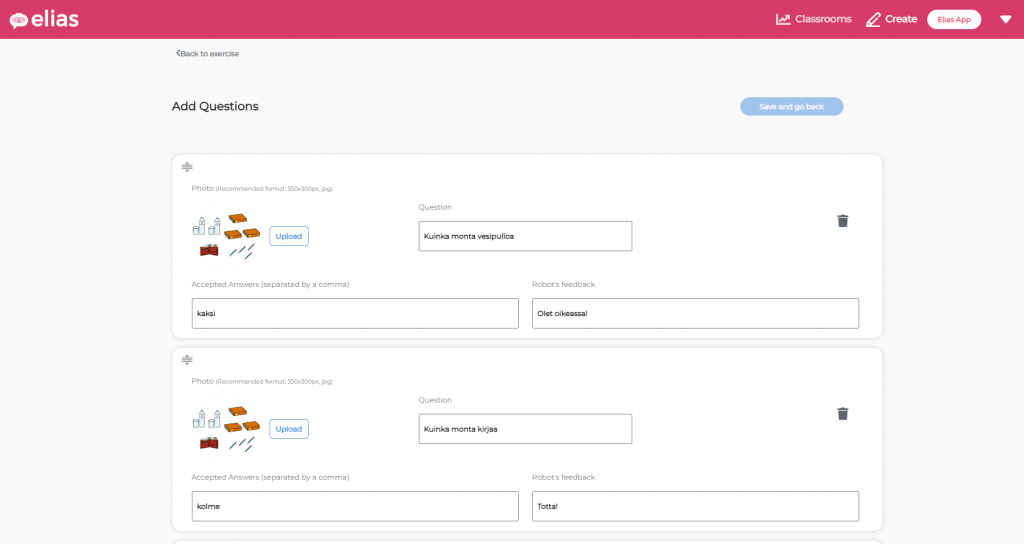
The research continued when we took NAO to the classroom, to their language courses, and we invited students to interact with it. A lot of curiosity and positive attitudes were visible, students were definitely excited to interact with the cute robot. In a separate classroom, a pair of students were able to choose their desired activities from a virtual classroom. When they chose one, they were presented with a picture and NAO asked several questions about it. As they were a pair, they could collaborate between them and help each other to answer the questions. Apart from answering the questions and practicing for their speaking test, they also took pictures with the robot, asked further questions about it, and some even video recorded their interaction with NAO.
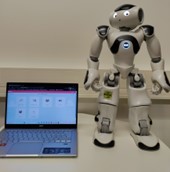
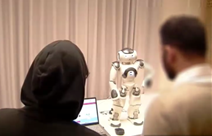
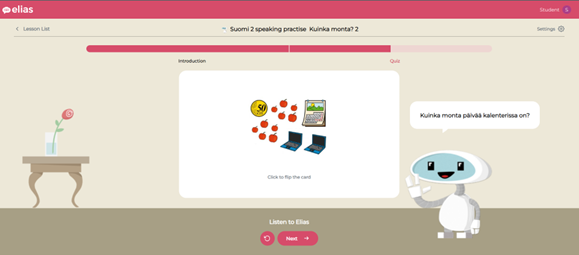
All the fun and interesting activities with the language instructors and university students were over, and the hardest part was about to start, writing the thesis! Although it was harder, it was also interesting to be able to put down all the activities that happened previously and also reflect about them. In addition, the support of Aino became really important at this stage when with her knowledge and experience helped me to improve the thesis quality.
So what happened after that? I graduated in summer 2023 and I enjoyed the graduation with my amazing thesis supervision group, the Graduation team, and other classmates from the HTI master’s degree =)
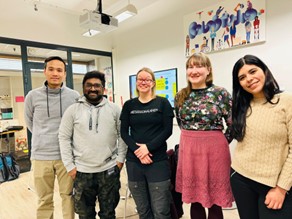

However, this wasn’t the end. Aino let me know about the SIGCHI thesis competition. I met the competition’s requirements but doubted my chances against other Finnish universities’ participants with equally captivating topics. Nevertheless, I decided to try, and one day, I received an email from SIGCHI congratulating me on winning the competition. It was an incredible surprise! Unfortunately, the ceremony coincided with my planned visit to my home country, preventing me to attend physically to receive the diploma. Nonetheless, the organizers offered immense support, allowing me to send a greetings video for the event.
That’s not all, Aino also encouraged me to write an article about my thesis and to submit it to the HAI Conference. Once more, she supported and helped me in the process and together we submitted the paper. It was a big deal, my first paper submitted to an international conference, so it definitely meant a lot. The paper was accepted and with the support of the Computing Sciences unit, I was able to travel to Gothenburg, Sweden and present our article there. The experience was absolutely scary, being in front of way more experienced researchers presenting our work, but I am glad I made it and I have learned a lot from the experience. I also feel that participating from the conference was great to get to know people, their research, and also as an inspiration for the future.
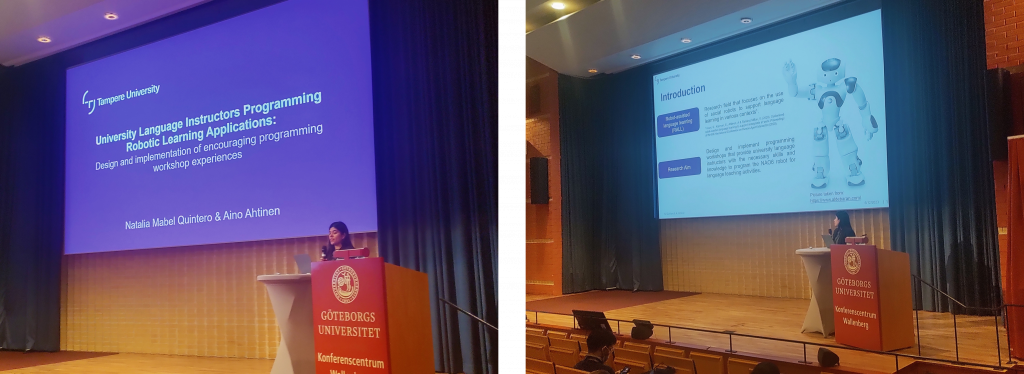
So, to conclude, I am pretty sure most of you have heard this million times, but I will say it once more… Dream big and never give up! You never know when you will get the surprise of getting a paper accepted, being the winner of some competition, getting that financial support you wanted, getting the job you wished for, and so many other great things!
Last but not least, infinite thanks to Aino and the Robostudio team for all their support, to the Language instructors for participating from this research so eagerly, to the students who were willing to interact with NAO, to my current supervisor Roope Raisamo and the Computing Sciences unit for supporting my trip to the HAI conference, and to the Graduation thesis supervision group, I could not have done any of this without you, thank you! <3
Written by Natalia Karhu (Quintero)

